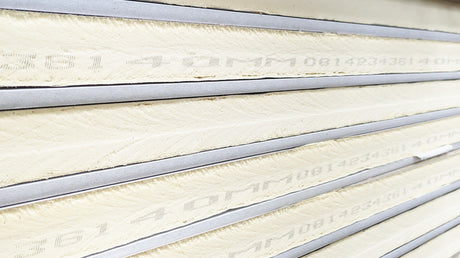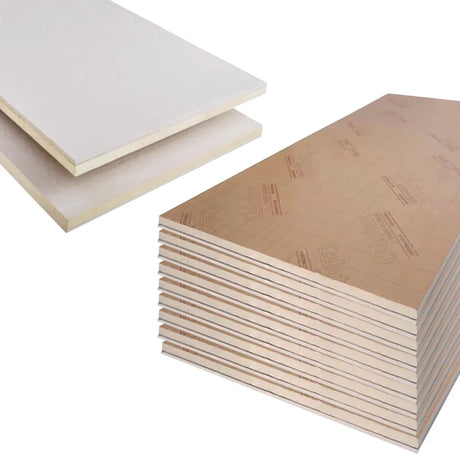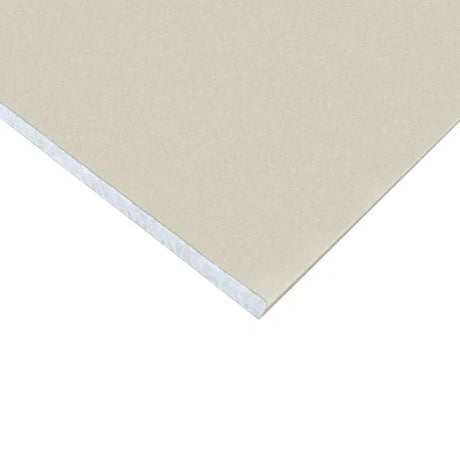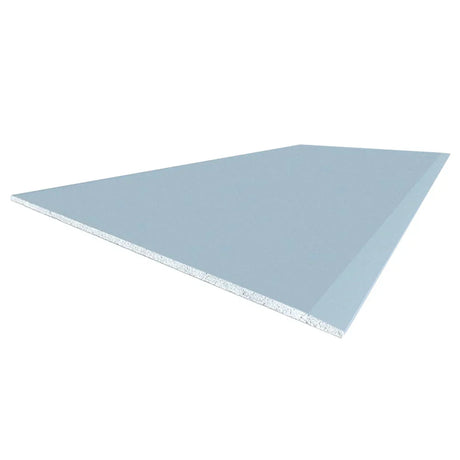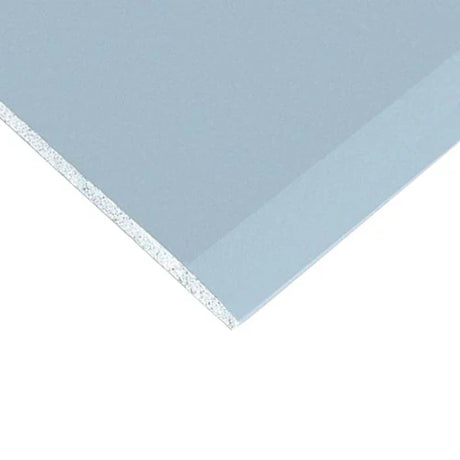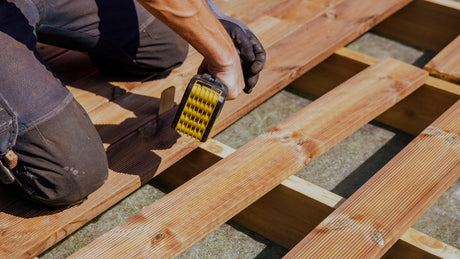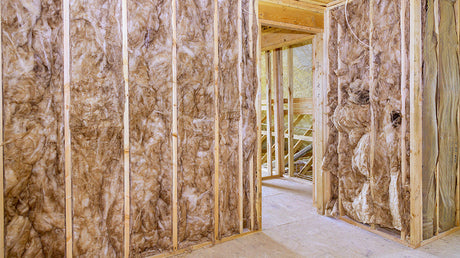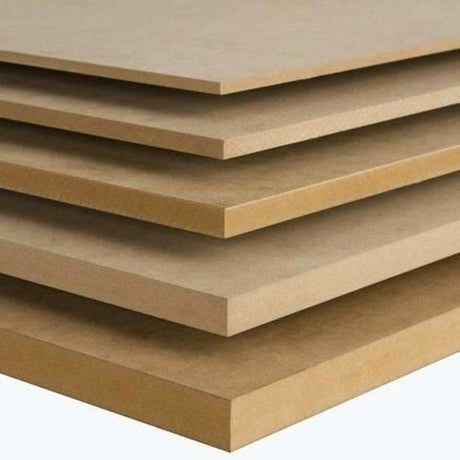Selecting appropriate marine plywood grades for boat construction requires understanding specific performance requirements for different vessel components and how various material classifications address these particular needs. The optimal grade varies between applications within the same vessel, with different components facing distinct structural and environmental challenges.
Lloyd's approved BS 1088 marine plywood represents the premium standard for structural boat building applications where maximum long-term reliability justifies its premium cost. This exacting certification requires comprehensive compliance with rigorous specifications: WBP (Weather and Boil Proof) phenolic adhesives throughout all layers, face veneers minimum 1.3mm thickness from select hardwood species, core veneers without voids or joints exceeding 3mm, and overall construction meeting specific density and moisture resistance standards verified through independent testing. Leading UK suppliers like Robbins Timber or Centenary Materials provide genuine certified material evidenced by the Lloyd's stamp impressed into each panel, guaranteeing compliance with these comprehensive standards rather than simply meeting general marine plywood descriptions. This premium grade proves particularly appropriate for critical structural components including hulls, decks, bulkheads, and structural frames where failure would compromise vessel integrity or safety.
Secondary marine grade classifications provide appropriate alternatives for less critical applications within boat construction. BS 6566 marine plywood (sometimes called "non-Lloyd's marine" by suppliers) meets similar adhesive and construction standards to BS 1088 but permits slightly larger core gaps, thinner face veneers, and minor aesthetic variations while maintaining essential structural and moisture-resistant properties. This classification offers approximately 15-20% cost savings compared to premium Lloyd's approved material while providing appropriate performance for components like interior furniture, seat bases, storage compartments, or similar applications where slight technical compromise creates minimal practical performance difference but valuable economic benefits in overall construction. These balanced-performance grades demonstrate why knowledgeable boat builders often specify different marine plywood grades for different vessel components rather than defaulting to premium material throughout construction regardless of specific application requirements.
Technical characteristics beyond formal classifications influence appropriate selection for particular boat components. Specific gravity (density) creates significant practical implications for marine vessels where weight directly affects performance, with some boat designs benefiting from lighter materials like okoume-based panels (SG approximately 0.35-0.45) versus heavier alternatives like meranti or sapele (SG 0.55-0.65) despite all potentially meeting the same formal certification standards. Scarf joint and edge-gluing characteristics similarly vary between different wood species meeting the same basic certification, with some marine plywoods accepting these essential boat building techniques more successfully than others despite identical formal classification. These nuanced performance differences explain why experienced boat builders often develop specific material preferences beyond simple grade classifications, based on practical field experience with different materials in particular applications rather than relying solely on certification stamps or formal specifications.
Dimensional considerations significantly influence appropriate marine plywood selection for boat building. Standard panel dimensions (typically 2440 x 1220mm in UK markets) create practical limitations for larger vessel components, often requiring scarfing or joint techniques to create larger continuous panels. Thickness availability ranges from 3mm for lightweight curved components to 25mm for substantial structural elements, with selection balancing structural requirements against weight considerations specific to each vessel design. Specialty suppliers sometimes offer custom dimensions or pre-scarfed larger panels for premium prices, providing valuable efficiency for certain construction approaches despite their cost premium over standard dimensions. These practical sizing factors often influence construction methodology as significantly as material quality considerations, with some building techniques specifically designed around standard material dimensions to minimise waste and optimise efficiency.
Finishing requirements create additional selection considerations beyond structural properties. Some marine plywood variants like okoume provide exceptional surface quality ideal for clear-finished or varnished components where appearance matters alongside performance. Others focus primarily on structural characteristics with less emphasis on aesthetic considerations, more appropriate for painted surfaces or concealed structural components. The specific grain characteristics, colour consistency, and surface smoothness vary significantly between different wood species all potentially meeting the same basic marine plywood certification standards. These finishing considerations prove particularly important for visible components contributing to the vessel's aesthetic appeal alongside their functional purposes, explaining why boat builders often specify different marine plywood types for different components based on their visibility and appearance requirements in the finished vessel.
Alternative material consideration increasingly influences modern boat building material selection alongside traditional marine plywood options. Advanced composite panels combining marine plywood cores with fibreglass or carbon fibre skins offer enhanced performance for certain high-stress applications, while requiring specific construction techniques beyond traditional woodworking. Modern pre-finished panels with melamine or similar surfaces simplify interior component construction while providing excellent moisture resistance for non-structural applications. These evolving material options complement rather than replace quality marine plywood in most construction approaches, with hybrid building techniques often delivering optimal results combining traditional and contemporary materials for different vessel components based on their specific performance requirements.
Cost-benefit analysis necessarily influences selection decisions, particularly for larger vessels where material quantities create substantial budget implications. Premium Lloyd's approved BS 1088 marine plywood typically commands 30-40% price premium over secondary marine grades, with this differential multiplied across complete vessel requirements potentially creating significant project cost impact. For commercial construction or larger vessels, this economic factor justifies careful component-by-component material specification rather than blanket premium material selection throughout, reserving the highest grades for truly critical applications while using appropriate alternatives where their performance characteristics adequately meet specific component requirements. This nuanced approach optimises overall project economics while maintaining essential performance characteristics for each vessel element based on its particular structural and environmental exposure conditions.
Professional advice proves particularly valuable for first-time boat builders navigating these complex material selection decisions. Experienced boat builders, marine surveyors, or knowledgeable suppliers provide invaluable guidance regarding appropriate material selection for specific vessel designs and components based on practical field experience rather than solely theoretical specifications. This expertise helps prevent both over-specification wasting resources on unnecessarily premium materials for non-critical applications and potentially more costly under-specification using inadequate materials for components where premium performance justifies additional investment. This balanced approach ensures appropriate material selection throughout the vessel, optimising both performance and project economics rather than defaulting to simplistic "best available" choices regardless of specific application requirements.


